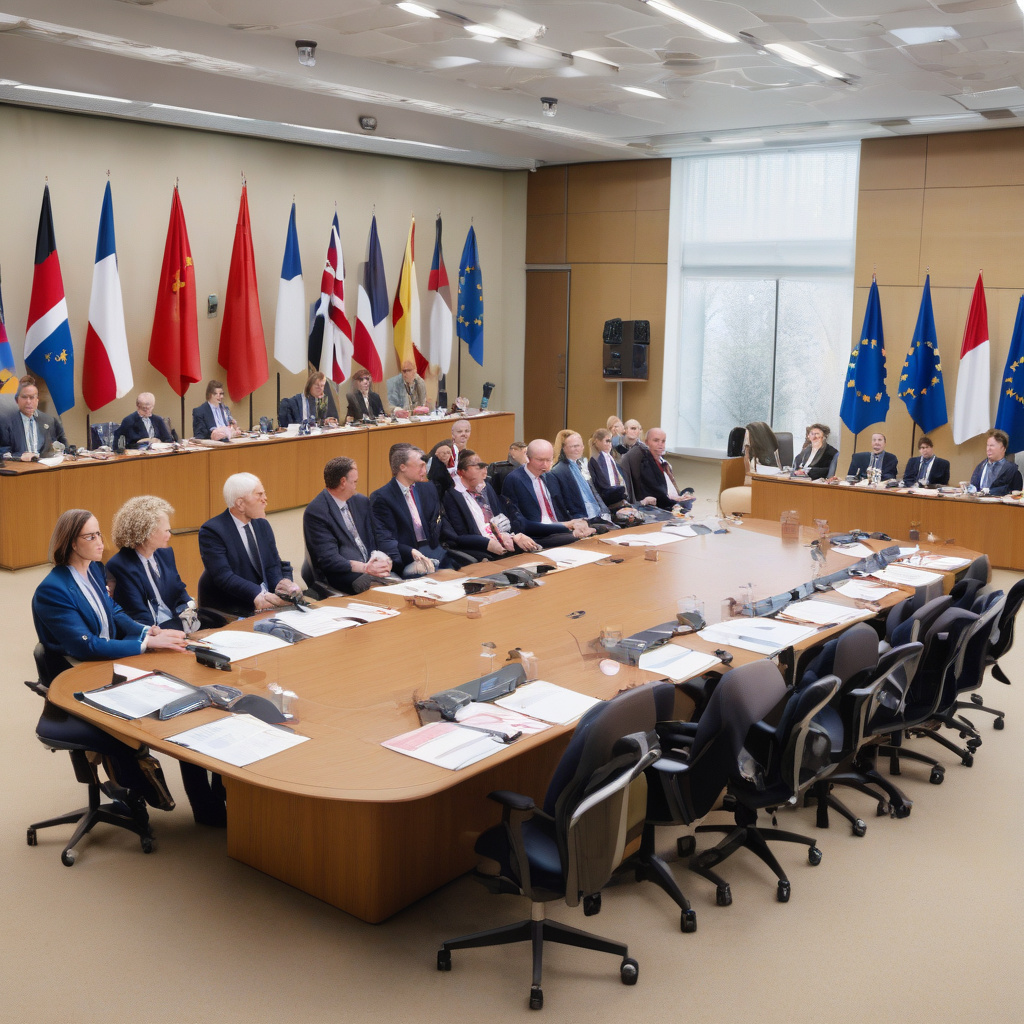EU Cracks Down on PFAS in Firefighting Foams with New Restrictions
The European Union (EU) has taken a significant step towards safeguarding public health and the environment by implementing new restrictions on per- and polyfluoroalkyl substances (PFAS) in firefighting foams. This move underscores the EU’s commitment to addressing the adverse effects of PFAS on both humans and ecosystems.
PFAS are a group of human-made chemicals used in a variety of consumer products and industrial applications, including firefighting foams. While these substances have been effective in extinguishing fires, their widespread use has raised concerns due to their persistence in the environment and potential health risks.
By cracking down on PFAS in firefighting foams, the EU aims to reduce exposure to these harmful chemicals and prevent further contamination of soil, water, and air. The new restrictions will limit the concentration of PFAS in firefighting foams, thereby minimizing their impact on both emergency responders and the communities they serve.
One of the key reasons behind the EU’s decision to regulate PFAS in firefighting foams is the mounting scientific evidence linking these chemicals to adverse health effects, including cancer, reproductive issues, and immune system disorders. By setting strict limits on PFAS levels, the EU is taking a proactive approach to mitigating these risks and ensuring the safety of its citizens.
Furthermore, the EU’s action aligns with global efforts to phase out PFAS in various industries and products. Countries around the world are recognizing the need to reduce reliance on these persistent chemicals and transition to safer alternatives. By setting a precedent with its new restrictions, the EU is setting the stage for other nations to follow suit and adopt similar measures to protect public health and the environment.
In addition to the health implications, the environmental impact of PFAS contamination cannot be overlooked. These chemicals have been found to accumulate in soil, water bodies, and wildlife, posing a threat to ecosystems and biodiversity. By curbing the use of PFAS in firefighting foams, the EU is taking a critical step towards reducing environmental pollution and preserving natural resources for future generations.
It is worth noting that the EU’s move to regulate PFAS in firefighting foams is just one part of a broader strategy to address the risks associated with these chemicals. The EU has been actively studying the impact of PFAS on human health and the environment, leading to evidence-based policy decisions aimed at minimizing exposure and mitigating harm.
In conclusion, the EU’s crackdown on PFAS in firefighting foams represents a significant milestone in the ongoing effort to protect public health and the environment from the adverse effects of these persistent chemicals. By implementing new restrictions and setting limits on PFAS concentrations, the EU is demonstrating its commitment to proactive risk management and sustainable practices in firefighting and beyond.
#EUregulations, #PFASrestrictions, #environmentalhealth, #firefightingfoams, #sustainablepractices












